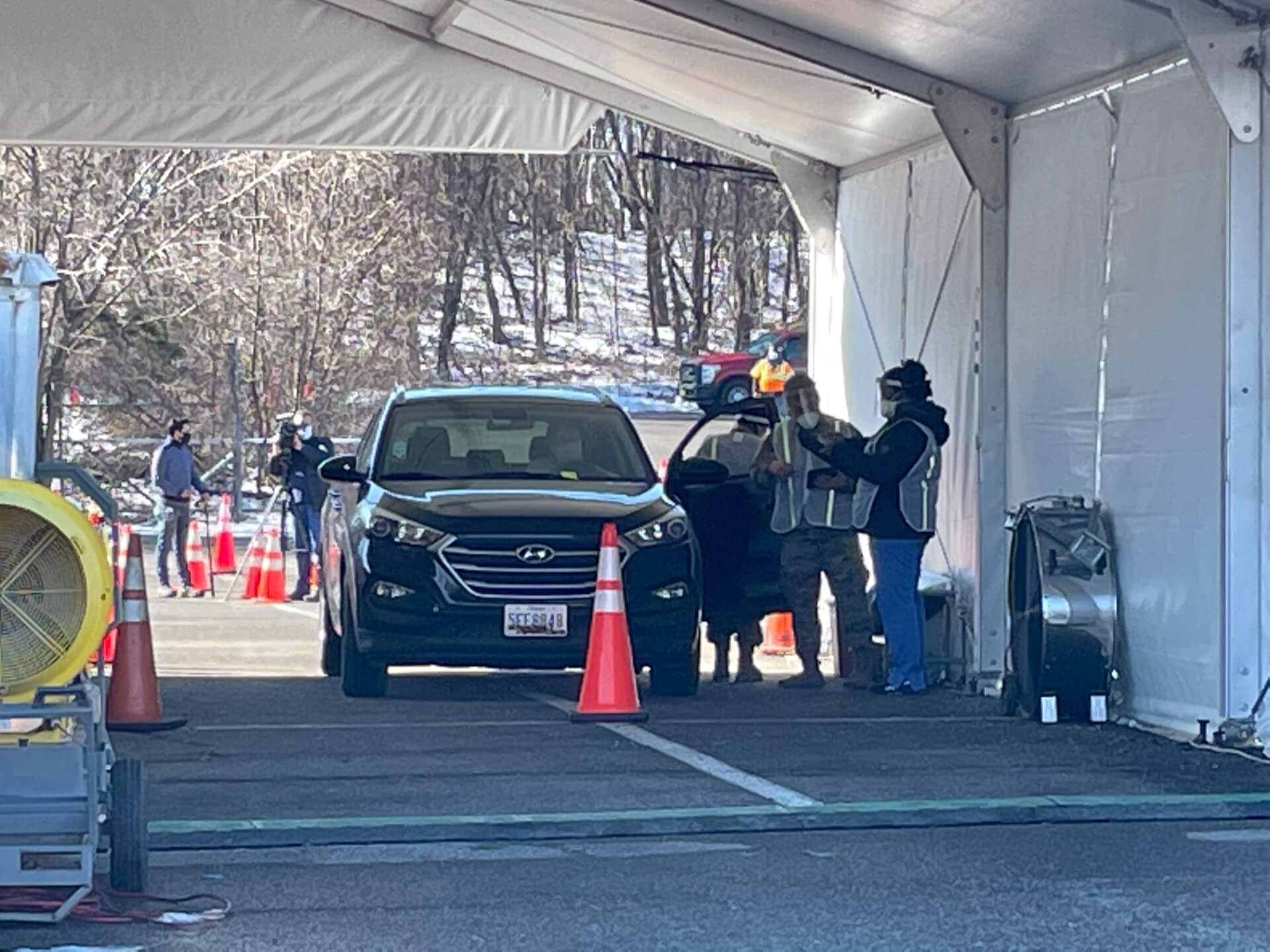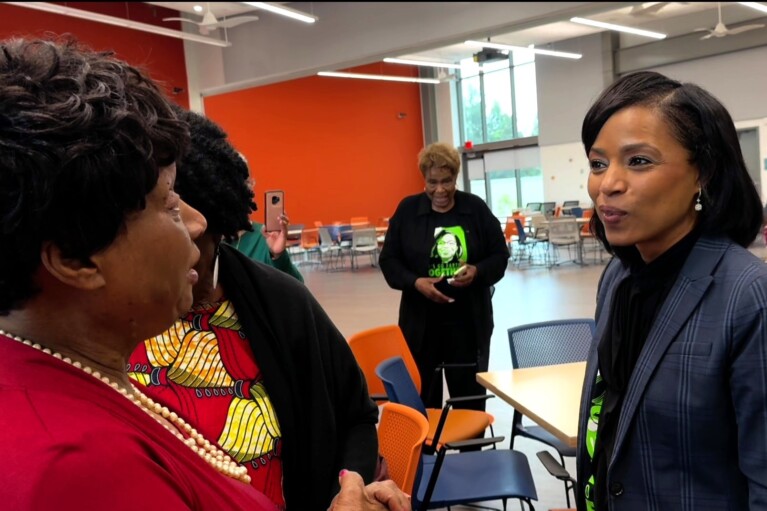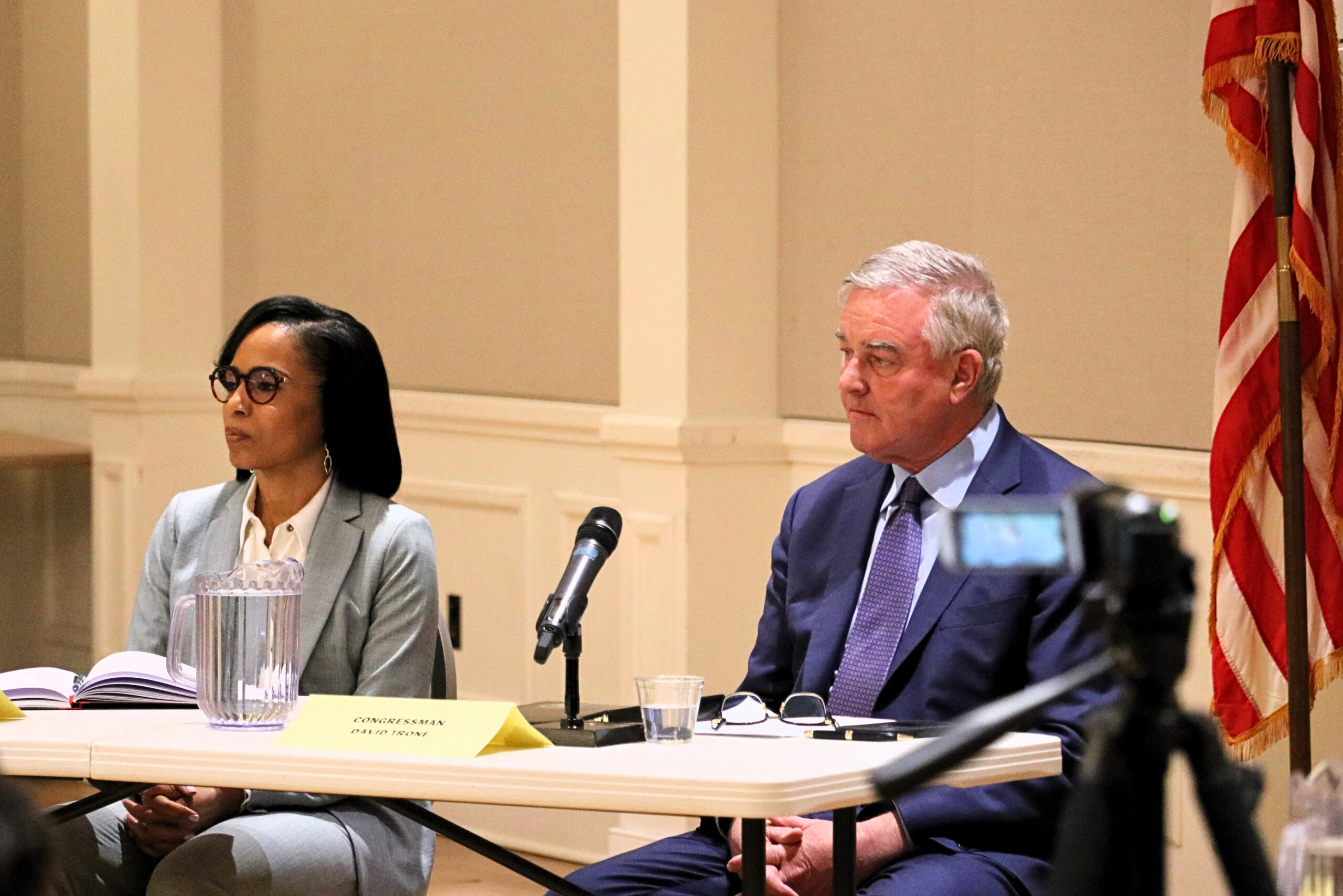Opinion: General Assembly Must Oversee Preparing for Pandemics

Maryland’s COVID-19 vaccination program has been chaotic, inefficient, and contentious. The state recently launched a centralized COVID-19 vaccination registration system for its mass vaccination sites after the decentralized system of registration and vaccine distribution first adopted was panned as a failure.
Citizens and legislators chafe at the fact that Maryland continues to lag behind other states in distributing COVID-19 vaccines. In addition to concerns about Maryland’s vaccination rate, there are allegations of racial and other inequities in vaccine distribution.
Three former Baltimore health commissioners penned an op-ed describing how the state’s formula for allocating vaccine discriminates against the city’s residents. The state has been inexplicably slow to release vaccine distribution statistics, heightening the mistrust.
Things have not gone well and an analogy might help explain why.
We commemorate D-Day on June 6, the day in 1944 when the Allied invasion of France in World War II began. It was an enormously complex military operation. Maryland’s rollout of a program to vaccinate its citizens against COVID-19 is an illustration of what would have happened on the beaches of Normandy if planning for D-Day had begun on June 5.
The bungled rollout brought calls for the head of acting state Health Secretary Dennis Schrader, who took over in December. Although Schrader may be a problem, he is not the major problem. That problem had its origins long before Schrader led the Maryland Department of Health.
The major problem appears to be that Maryland violated Rule One in public health emergency preparedness: Have your response plan ready before disaster strikes or an emergency occurs. That includes working out kinks in the plan before its success becomes a matter of life or death.
Maryland’s plans for a “pandemic event” focused on seasonal influenza and was of little use in dealing with COVID-19.
Experts have told us not to expect this pandemic to be the last. And many experts predict that future pandemics not only will be more frequent, but also could be deadlier.
Learn from the past, prepare for the future
Vaccine distribution is hardly the only aspect of managing the COVID-19 pandemic that has been riddled with mistakes and deadly delays at various levels of government. The overall malfeasance of the Trump administration bordered on criminal, with the federal government basically abrogating the crucial role that only it can play in a public health emergency of this scale.
The federal government applied that hands-off approach to vaccine distribution. It threw massive amounts of money at pharmaceutical companies to help develop vaccines, but left the far more complex task of distributing vaccines to the states.
Regardless of how well the federal government performs its role, states will always play an important part in responding to any public health emergency, including a pandemic. States’ roles are likely to include workable plans for getting vaccine into the arms of residents in a manner that is efficient, equitable, and prioritized by medical need.
The pandemic struck at the intersection of two governmental weaknesses
The pandemic exposed two weaknesses in state and local government.
First is the tendency of budgeteers to regard scientists and bureaucrats who plan for events that might not happen soon as low-hanging fruit when budgets need cutting. Politicians intent on reducing taxes target expenditures for contingency planning, then cross their fingers, hoping that no crises occur while they are in office.
Second is the long-term neglect of public health infrastructure. In no area of governmental responsibility has a penny-wise, pound-foolish attitude been more apparent than in public health.
Public health infrastructure across the country has been deteriorating for decades. In the twelve years before the COVID-19 pandemic struck, local health departments in the United States lost almost a quarter of their workforces, a reduction of about 60,000 workers. Warnings by experts about the consequences of staff shortages largely went unheeded.
Maryland is no exception. Its state and local health departments were not adequately staffed to cope with COVID-19 in terms of logistics, planning or the provision of direct services.
Cutbacks in public health infrastructure are felt most deeply in poor rural and inner-city areas. They explain some of the racial inequities in vaccine distribution in Maryland. Vaccinating residents of disadvantaged neighborhoods in cities like Baltimore demands more resources on the ground, and those resources are not there.
A mechanism must be created to prevent preparedness for a pandemic from ever again becoming an afterthought. And that is why the General Assembly must act.
Periodic review by the General Assembly of pandemic preparedness
The General Assembly should enact a law requiring Maryland’s secretary of Health, in consultation with local health officers, to prepare a comprehensive, statewide pandemic response plan, and to present that plan to the General Assembly for its approval after the opportunity for public comment.
The plan would delineate specific responsibilities of the state and local governments and describe the personnel and other resources necessary to meet those responsibilities. It would identify shortfalls in those resources and recommend funding necessary to eliminate them.
Preparing for a pandemic on the scale of the current one is a shared responsibility. Doing it well requires participation by the public and oversight by the General Assembly.
— DAVID A. PLYMYER
The writer is a former county attorney in Anne Arundel County. He can be reached at [email protected] or on Twitter: @dplymyer.




 Creative Commons Attribution
Creative Commons Attribution